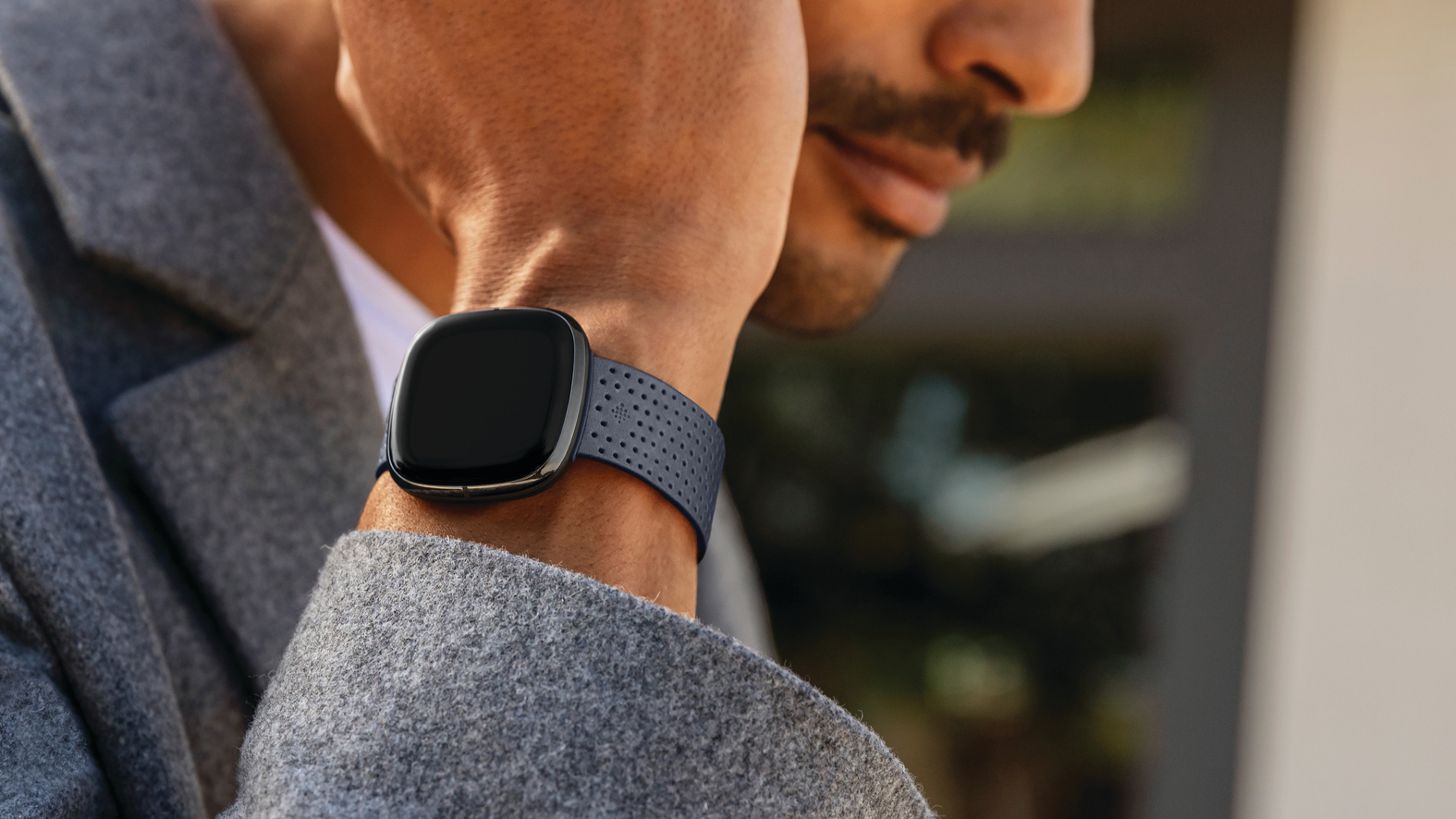Fitbit Sense: you could be among the first people to try the new wellness feature
Fitbit Sense users in the U.S. who are at least 20 years old could participate in the month-long study


It's not like the Fitbit Sense – being the best Fitbit and all – didn't already have a myriad of unique health and wellness features, including ECG monitoring, SpO2 sensor and stress tracking. But if you are at least 20 years old and live in the US, you might be able to add another wellness feature to the ever expanding list (at least temporarily): blood pressure monitoring.
As reported by mobiHealthNews and NotebookCheck, in a recent blog post, Fitbit announced that it will be running a month-long study "to look at how Fitbit devices can potentially measure something called Pulse Arrival Time (PAT), which is the time it takes for a pulse of blood to reach your wrist after your heart beats, and explore the potential link to tracking blood pressure."
Non-cuff blood pressure wearables – ones that don't need to inflate when measuring blood pressure levels – has been of great interest already but as the Fitbit blog post explains, "previous research has found a correlation between PAT and blood pressure, but the correlation was not strong enough to predict blood pressure. These investigations were limited to either small data sets or specific environments like an intensive care unit."
Previously, Fitbit Labs has actually found a correlation between PAT and blood pressure in a small, 3-week internal study but the new study will extend on this work by involving more people in order to learn more about how PAT measurements change under a variety of conditions.
Since it's Fitbit trying to make this feature work, we might as well get a little bit excited. Other health features found on the Fitbit Sense smartwatch are fairly accurate and although no one should rely on their fitness wearables to tell them if they are sick, frequent self monitoring can provide at least some health data for the individual if they suspect there is something not quite right in their bodies.
How to participate in the Fitbit blood pressure study
Fitbit Sense users in the U.S. who are at least 20 years old, will receive a notification on their app if they are eligible to participate in the month-long study. Fitbit says that "diversity in our research is essential, so it’s important for eligible Sense users across all demographics to sign up." As far as we know, there is no way to actively request participation in the study: you either get drafted or not.

Can non-Fitbit Sense users participate in the Fitbit blood pressure study?
The aforementioned blog post doesn't specify but we suspect that Pulse Arrival Time measurements require sensors only found in the Fitbit Sense smartwatch. As competent as the Fitbit Versa 3 and the Fitbit Charge 4 are, they lack the sensors that make the Fitbit Sense capable of measuring ECG, among other things.
Get all the latest news, reviews, deals and buying guides on gorgeous tech, home and active products from the T3 experts
Can European users participate in the Fitbit blood pressure study?
For the time being, the Fitbit blood pressure study will only include Fitbit users in the US. There is no information available about extending the study to other countries, albeit Fitbit might decide later on the do so to collect even more diverse data.
Haven't got a Fitbit yet? You can get one for cheap thanks to our magical widgets below that displays the best Fitbit deals based on your location. There is separate roundup of the best Fitbit Sense deals, click on the link to find out today's best prices.

Matt Kollat is a journalist and content creator who works for T3.com and its magazine counterpart as an Active Editor. His areas of expertise include wearables, drones, fitness equipment, nutrition and outdoor gear. He joined T3 in 2019. His byline appears in several publications, including Techradar and Fit&Well, and more. Matt also collaborated with other content creators (e.g. Garage Gym Reviews) and judged many awards, such as the European Specialist Sports Nutrition Alliance's ESSNawards. When he isn't working out, running or cycling, you'll find him roaming the countryside and trying out new podcasting and content creation equipment.